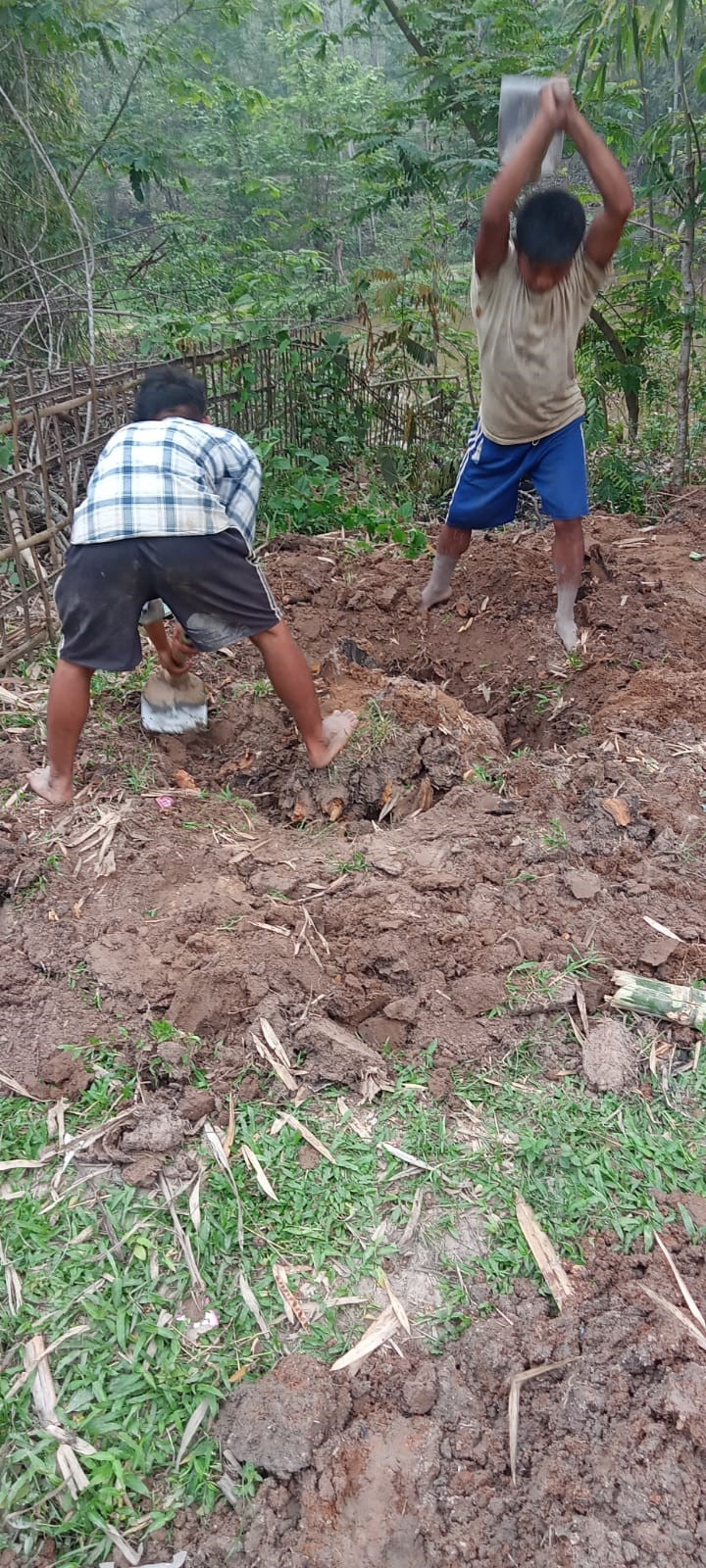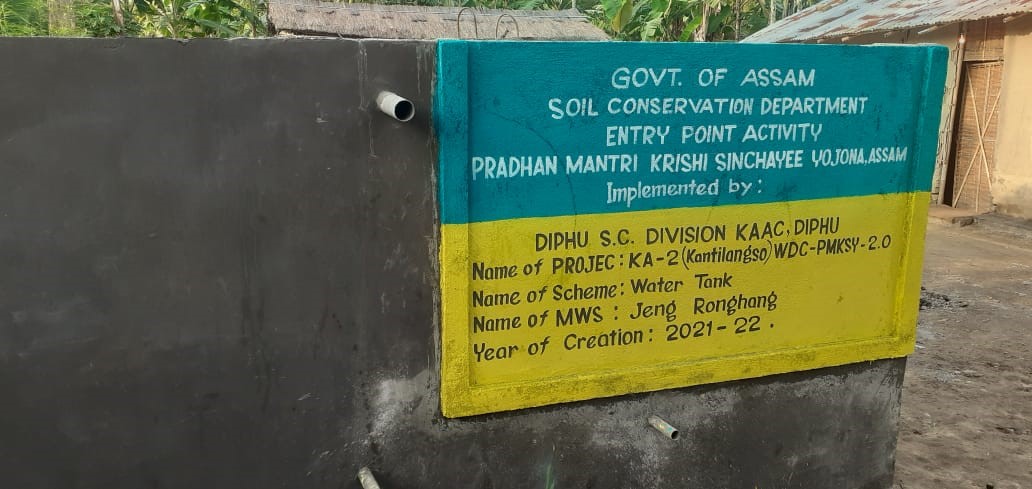

Springs are groundwater discharge points in the mountains where the water-bearing layers (aquifer) intersect with the ground surface, and water seeps out of rock pores, fissures, fractures, or depressions. Springs happen to be primary source of drinking water and other domestic uses (supply over 90% water) for hill peoples including mid-hills of Hindukush Himalayas.
Springs also form vital component supporting biodiversity and ecosystems of these areas. They are perennial source of many rivers and streams like Ganga, Ramganga, Krishna, Cauvery, Narmada, Gomti, Indus etc.
Essentially Springshed and Watershed are geographically similar landscapes. However, Springs characteristically differ from Watershed because the recharge zone and their point of appearance as Springs may or maynot typically fall in the same landscape. Geological evidences show that their recharge zones may lie in one or more watershed landscapes aswell. Therefore, mapping of recharge zones and their corresponding appearance points become pre-requisite for rejuvenation of springs.
On the request of the Himalayan States, NITI Aayog recommended Department of Land Resources to include springshed development as an activity within the ambit of watershed development. The recommendation was primarily based on the existing strength of institutional arrangement of State Level Nodal Agency (SLNA) and their long experience in the field of implementation of watershed projects following ridge to valley approach. It was appreciated that the activities undertaken for development of rainfed and degraded land under WDC-PMKSY would essentially be suitable to meet the objectives of rejuvenation of springs. The field formations at the District level, PIA level and Gram Sabha level would be playing similar role in development and rejuvenation of springs as they have been doing for the development of rainfed and degraded lands. However, NITI Aayog advised the department to take advantage of existing traditional knowledge and available scientific studies for identification of recharge zones and their corresponding points of appearance of springs for the purpose of scientific planning for rejuvenation of springs.
Springs Completed: 36 Nos.
Springshed Rejuvenated: 143 Nos.

BEFORE Implementation

AFTER Implementation